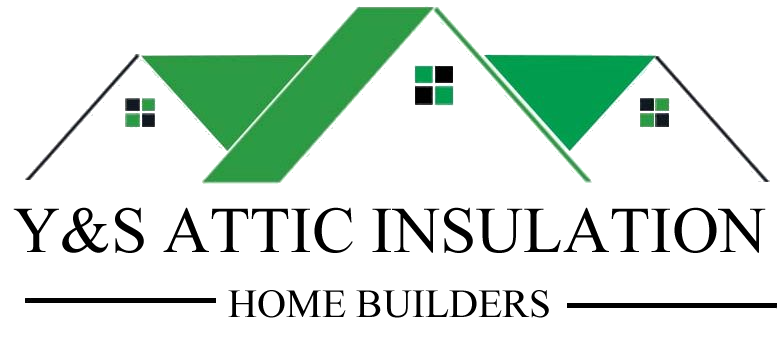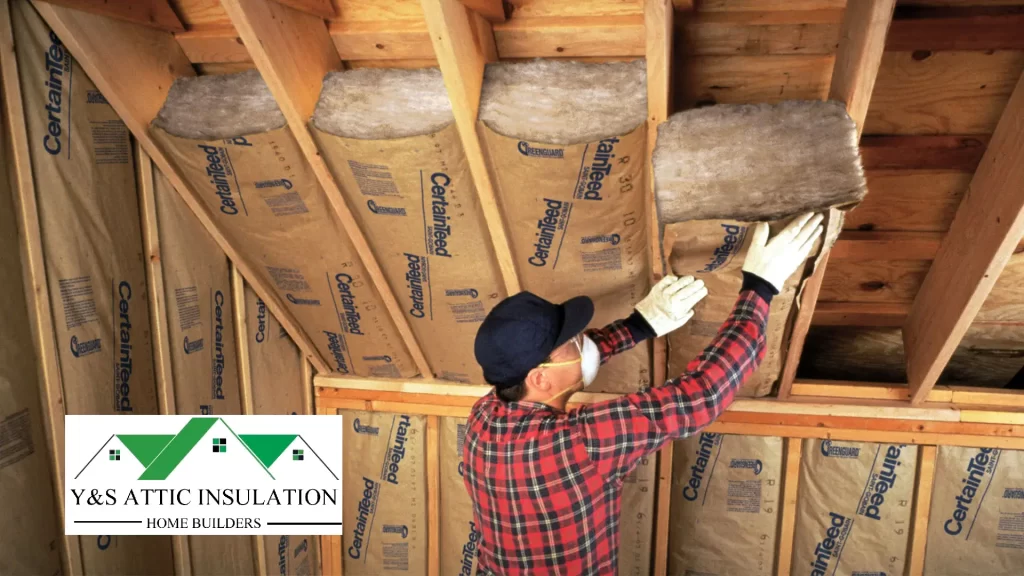Welcome to the beginner’s guide to insulation installation for homeowners! Whether you’re looking to improve energy efficiency, enhance comfort, or reduce noise, proper insulation installation is key to achieving your goals. Let’s dive into the basics.
Understanding Insulation
Insulation is a material used to reduce the transfer of heat, cold, or sound between spaces. It helps maintain a comfortable indoor environment and can lead to significant energy savings over time.
Where to Insulate
Insulation should be installed in various areas of your home, including the attic, walls, floors, and basement. The location and amount of insulation needed depend on factors such as climate, building design, and local building codes.
Types of Insulation Materials
Before beginning your insulation project, it’s essential to understand the different types of insulation materials available:
- Fiberglass: Made from fine glass fibers and available as batts, rolls, or loose-fill, fiberglass insulation is a popular choice due to its affordability and effectiveness.
- Cellulose: Composed of recycled paper fibers treated with fire-retardant chemicals, cellulose insulation is eco-friendly and offers excellent thermal performance.
- Spray Foam: This expanding foam insulation forms an airtight seal and is ideal for filling gaps and irregular spaces. It provides superior energy efficiency but can be more costly.
- Rigid Foam: Available in panels or boards, rigid foam insulation offers high R-values and moisture resistance. It’s commonly used in exterior wall sheathing and basement insulation.
DIY vs. Professional Installation
While some homeowners may opt for a DIY approach to insulation installation, hiring a professional installer is often the best choice. Professional installers have the expertise and equipment to ensure proper installation and maximize the effectiveness of the insulation material.
Installation Tips
If you decide to tackle insulation installation yourself, here are some tips to keep in mind:
- Wear appropriate safety gear, including gloves, goggles, and a mask, to protect yourself from insulation fibers.
- Measure and cut insulation materials carefully to ensure a snug fit.
- Seal any gaps or cracks in the building envelope before installing insulation to prevent air leakage.
- Follow manufacturer instructions and local building codes for proper installation techniques.
In brief, by following these tips and guidelines, you can achieve a successful insulation installation that improves the comfort and efficiency of your home.
Learn more about Insulation installation:
Behind the Walls: Exploring the Science of Insulation Installation
From Drafty to Cozy: Transform Your Home with Expert Insulation Installation

